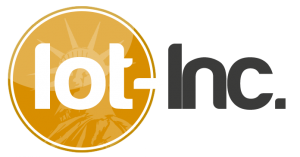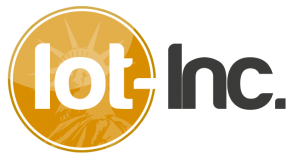24 Aug Mist Computing – IoT on the Edge
Until recently we could perform Internet of Things computations in four general areas: We could compute in an external cloud, which means on one or more servers in a data center somewhere remote. We could compute “on prem”, which means on one or more servers in the enterprises’ local network. We could compute in the fog, which means on a gateway in the OT (Operational Technology) network or on a router or switch or some other network node in the IT (Information Technology) network. Or we could compute within in the IoT device or product, which means on an on-board embedded device.
Watch this video (or read this transcript) to see Jurgo Preden discuss the state of the art in Mist computing ...













